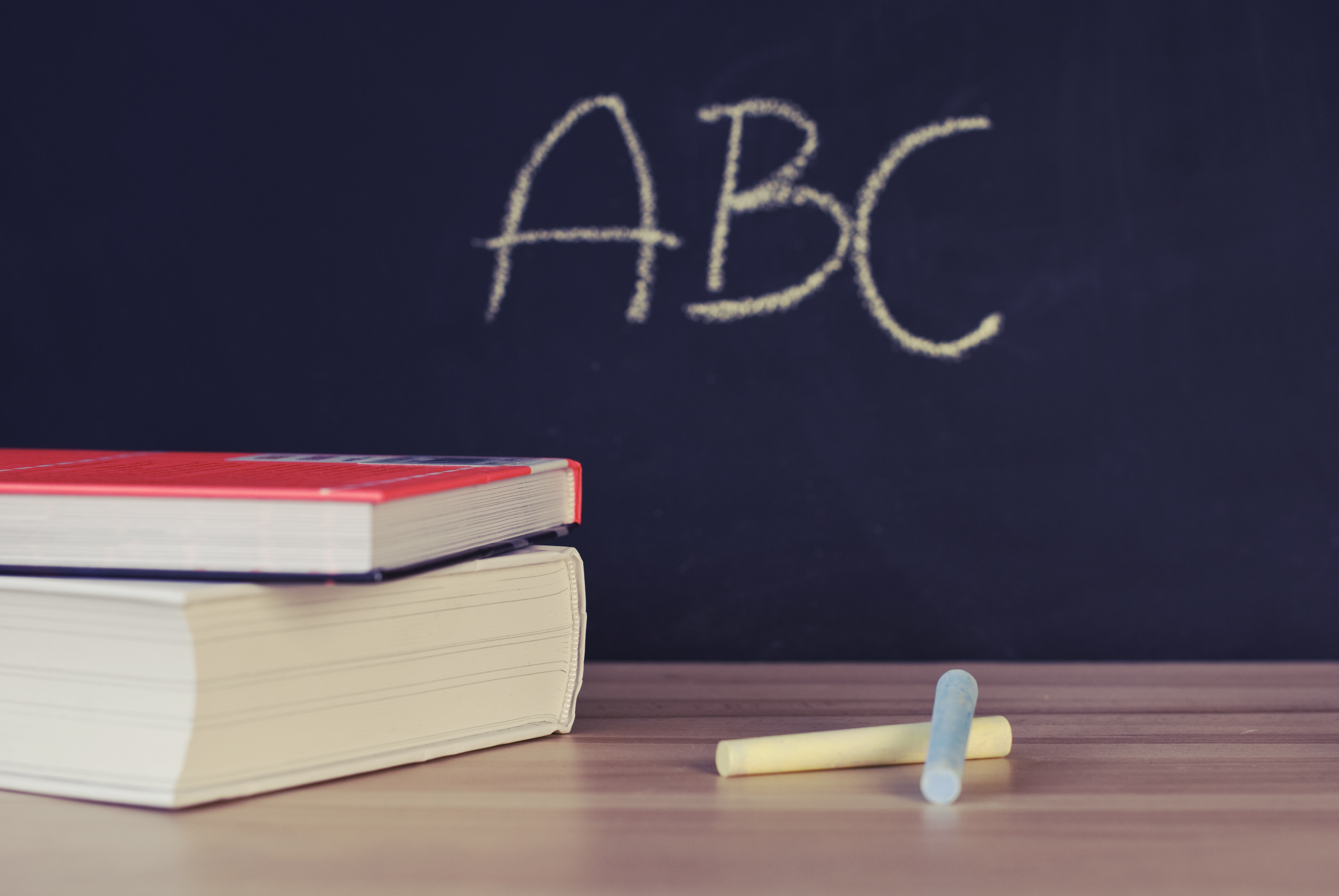So you’ve created a product, be it a piece of technology, clever software or an invaluable service, and you’re pretty sure it’s something schools need and would love to buy. But when you start contacting schools to tell them about your fabulous product by post, phone and email you get no response. Where are you going wrong?
Selling to schools is VERY different to business and consumer selling. Schools are under enormous pressure to perform from the government and parents alike while, at the same time, managing a complex and usually dwindling budget. Here are the top 3 mistakes nearly everyone makes when selling to schools:
1. Schools are buildings – they don’t buy.
Companies tend to try and sell to schools generically as if it is the actual school that’s going to buy. But schools are buildings, bricks and mortar, it’s the people inside who will have a need for your product. Have you thought about who it is you need to target? Will your product support teaching and learning and, if so, do you know which teachers to try and contact? Is your product designed to save time and money in the office and, if so, do you know who the business manager is? Thinking about your end user will help you reach the right person.
2. Decisions take time because there are lots of people involved
Salespeople often wonder why a school hasn’t purchased because they don’t take into account the decision-making process for schools; they almost always forecast the sale to close way too soon (if at all!). In schools, it’s not unusual for the vast majority of purchasing decisions to go to a Governors meeting for discussion and approval and this may only happen once a month. In addition, if a purchase is over a certain threshold then they usually need to speak to other suppliers and get quotes to be absolutely sure they’re getting best value. This means the sales cycle can be quite long and is very competitive – you need to make sure your product offers real value! In the case of really large purchases a full competitive tender will be required which can take months so you need to forecast carefully.
3. Never underestimate the power of peer-to-peer recommendations
Teachers, school leaders and support staff respect the opinions of their peers within the education industry. If you can build a relationship with a team at a school and prove the value of your product or service then the introductions they can make for you could be priceless. However, it works both ways so not making good on a promise or delivering something of low quality could lead to a dent in your reputation. Either way, never underestimate the power of peer-to-peer recommendations, education networks are vital when selling to schools.
These are my top 3 common mistakes but there are many, many more! What’s your biggest challenge when selling to schools?

Leave a Reply